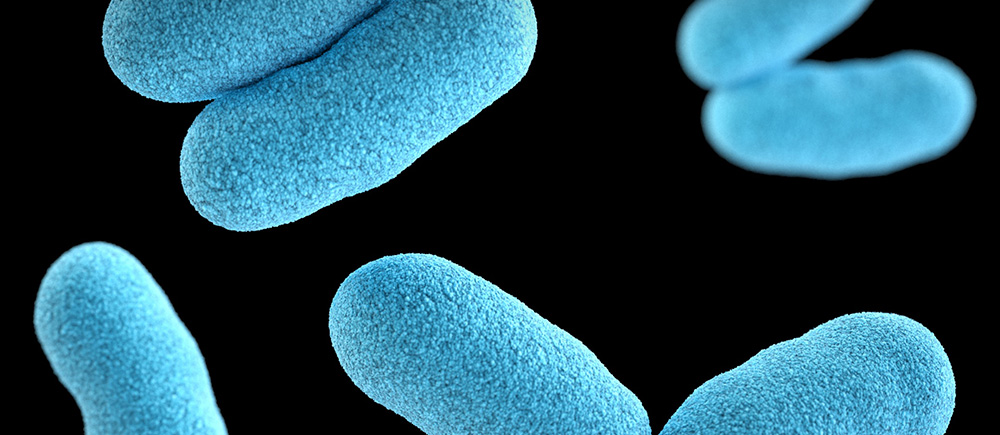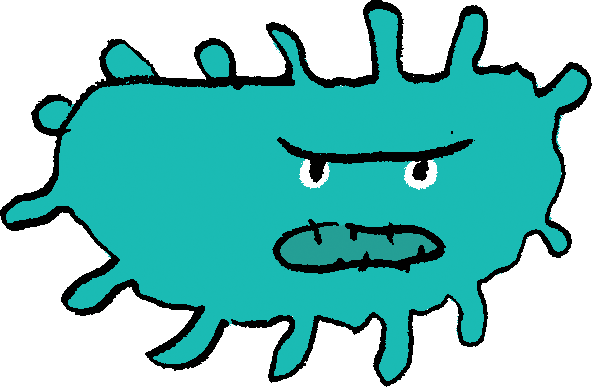

Make Your Own Germ Zoo!
Did you know that every surface in your home is teeming with me and my friends? Most everything around you is home to millions of tiny germs.
Materials
Instructions:
You don’t need to worry, since most of these bacteria are harmless. Others, however, can make you ill.
You can see some of the many different germs that share your living space by making your own germ zoo! To begin, you need a material called a microbe growth medium. This is a substance that contains all the things a germ needs to live and reproduce.
Microbes cultured (grown) under controlled conditions form colonies that you can see with your naked eye. You can grow your own zoo of household germs!
What you’ll need:
- A few disposable clear plastic food containers with lids
- Some unflavored powdered gelatin or agar (agar is a plant jelly used in canning - it can be found at many grocery stores)
- Water – one cup
- Sugar – about one teaspoon
- Beef bouillon – one bouillon cube, or 1 teaspoon of granules
- Cotton swabs (like a Q-tip or a cotton ball)
- Magic marker
- Pen and paper
- A small pot with a lid
- Stove
Steps:
(NOTE: Have an adult help with this step). To prepare the microbe growth medium, mix the bouillon, water, gelatin, and sugar together, place the solution in a pot, and place the pot on the stove. Heat the solution until it boils. Then turn off the heat and let it cool completely.
Next, use a marker to label each plastic container with a letter (A, B, C) or number (1, 2, 3). Write down what household surface you wish to test for microbes for each container. You’ll need one container for each surface that you wish to test for germs.
While it is still liquid, pour some of the mixture into each plastic container. You should have enough to fill each container with a layer that covers the entire bottom of the container. Place the lid loosely over each container and allow the solution to cool until it solidifies into a firm jelly.
Rub a clean cotton swab around on the surface you want to test. You can try testing your desk, your phone, your kitchen counter, or a door knob. Use a different swab for each surface.
With each dirty swab, gently rub the swab across the surface of the firm jelly in the appropriately labeled container. Place the lid securely on the container.
When you’ve swabbed all the containers and covered them, place all the containers in a place where they will not be disturbed. Let the containers sit for several days.
After a few days, each container should have a colony of germs (bacteria or fungi) growing in it. Different germs will produce colonies that look different – they may be different colors or differ in other ways. Each surface should produce a different-looking colony.
How many colonies were you able to grow? How do they appear to be different? What colonies came from what household surfaces? Write a report describing your germ zoo!